Falcon Soars Into Service
 |
| The Falcon information infrastructure will provide the British military with an air transportable communications backbone linking tactical radio networks with brigade and battalion level commands. It consists of three types of nodes in vehicle-mounted pallets: servers, wide area service provision (WASP) links and a management system. |
The
Once a defining feature of commercial information technology markets, the need for more bandwidth is driving defense departments across the globe to develop or acquire new, more capable systems. Reflecting efforts in the
Developed to support mobile and expeditionary operations at the battalion and brigade levels, the Falcon information infrastructure program will provide commanders with a communications backbone linking headquarters to tactical and theater networks. It is part of a chain of recently introduced applications such as Bowman tactical data radios, the Cormorant permanent and fixed headquarters system, and Skynet 5 strategic satellite systems, explains Robert Fewings, Falcon program director, BAE Systems,
Falcon operates as a meshed network consisting of nodes deployed in mobile shelters mounted on the back of Supacat transport vehicles. Scheduled to enter service in 2009, it replaces the British army’s older Ptarmigan system—which was designed primarily for voice communications instead of data—Euromux equipment, and the Royal Air Force’s Tactical Trunk System/Deployed Local Area Network application.
Data capacity is a key program requirement. Falcon carries more bandwidth than Ptarmigan equipment and fills a communications gap between Bowman radios and fixed Cormorant systems. It is built around a networking technology called All Internet Protocol (ALL-IP), which allows it to link seamlessly into other systems. Fewings notes that the development of ALL-IP is part of an ongoing move toward digitalization in the British military. “The
All-IP-based systems are attractive to the MOD for their robustness, survivability and ability to simplify training by providing a single class of equipment for soldiers to familiarize themselves with, Fewings explains. Internet protocol (IP) technology also enhances interoperability between major coalition partners such as the
Because Falcon is designed for expeditionary operations, its mobility is a key requirement. The MOD mandated that the system must be air transportable by C-130 Hercules cargo aircraft. Falcon networks also can be set up and dismantled rapidly. The new system provides the British military with a needed tactical backbone, Fewings says. Although the latest Ptarmigan variant is air transportable, he notes that the majority of the legacy Ptarmigan equipment is not air mobile.
Falcon also uses manpower more efficiently than Ptarmigan. The highly automated system requires 50 to 75 percent fewer personnel to operate, exceeding MOD requirements. Fewings adds that the low staffing levels are important because the
Falcon consists of several different types of nodes housed in individual shelters: a communications server installation, a wide area service provision (WASP) designed to provide wireless data and radio connectivity, and a management system. The management system allows planners to determine the Supacat’s best deployment by anticipating and compensating for factors such as local geography, bandwidth and frequency assignments. Fewings adds that BAE developed the Bowman management system and leveraged this experience to design Falcon’s management software.
The WASP nodes contain a suite of line-of-sight and beyond-line-of-site radios. Because Falcon can connect to systems such as Cormorant and Skynet, it provides a reach-back capability to headquarters in the
 |
| Designed for air transport and mobile operations, the Falcon systems nodes are housed in pallets mounted on Supacat cargo vehicles. The WASP nodes allow commanders to set up communications and data networks quickly and to configure them dynamically to meet changing operational demands. |
BAE’s solution also features advanced system design and network security features. Multilevel security is an important requirement for coalition operations. Fewings explains that the government approaches program technology solutions holistically by considering related areas such as cost savings and lifecycle support. Another key factor is the use of All-IP-based technologies as opposed to other solutions that mix asynchronous transfer mode and IP systems, he says.
Although the program’s initial increment provides Falcon systems only for the British army, future increments will extend the system to the Royal Air Force and Royal Navy to provide a joint deployable communications capability. While he cannot divulge how many Falcon systems are slated for production, Fewings notes that the first units to receive it will be British army forces attached to the NATO Allied Rapid Reaction Corps.
MOD programs undergo a concept phase followed by an assessment phase. Falcon has just completed its assessment phase, which culminated in BAE’s bid for the demonstration and manufacture phase. The goal of the assessment phase is to reduce risk and to demonstrate a solution. Some development is still required for Falcon, but the program now has shifted to refining manufacturing techniques and initial production.
Falcon is being procured in increments by the MOD. As prime contractor, BAE has been selected for the system’s first phase, known as increment A. Fewings shares that since competition for the program began, the MOD has encountered severe budgetary pressure that caused it to re-evaluate the contract award. Although BAE has been selected to manufacture the Falcon equipment, it has not yet been awarded the main contract for increment A. Fewings explains that the company must refine its bid to match a new MOD funding profile, but he emphasizes that this is a formality that will be completed in the next few months. He expects BAE to receive the main contract for increment A by early 2006.
The contractors for Falcon’s major subsystems already have been selected and locked in through teaming agreements, Fewings maintains. He notes that some minor components such as wiring and generators are still subject to competition, but the major subsystems all have been evaluated and demonstrated to the government. “The solution that we have bid is what we are going to deliver. It’s just being delivered against a different schedule and a different cash profile,” he explains.
Web Resources
United Kingdom Ministry of Defence: www.mod.uk
BAE Systems: www.baesystems.com/newsroom/2004/apr/050404news1.htm
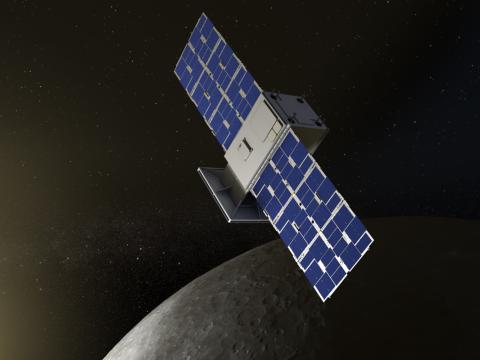
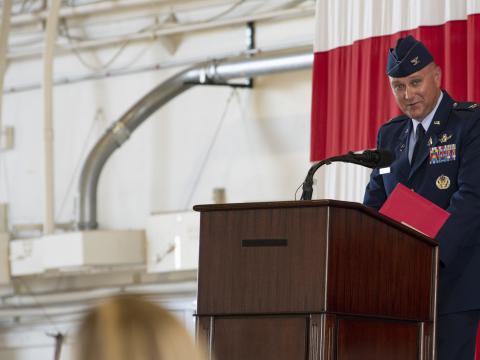

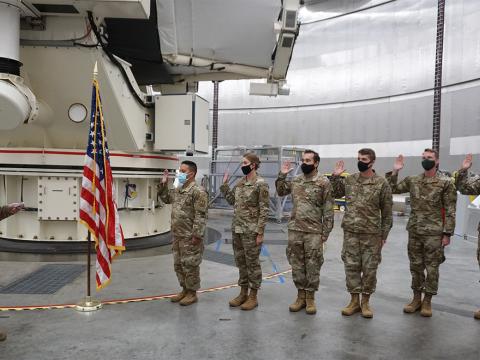
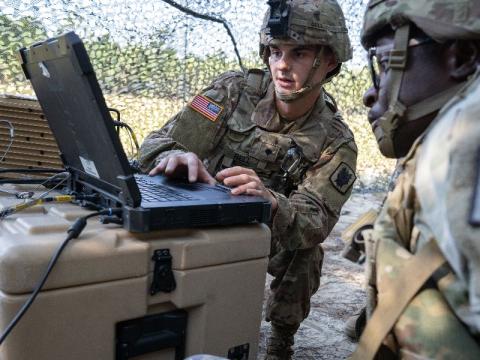
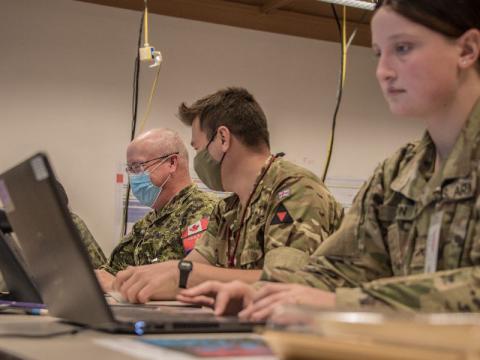
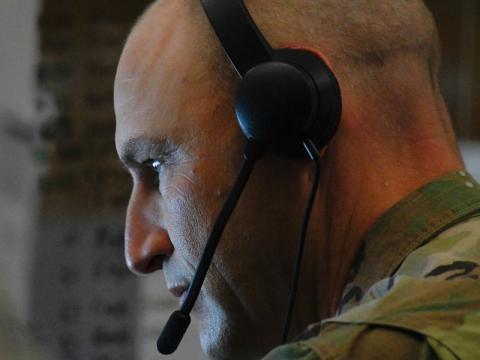
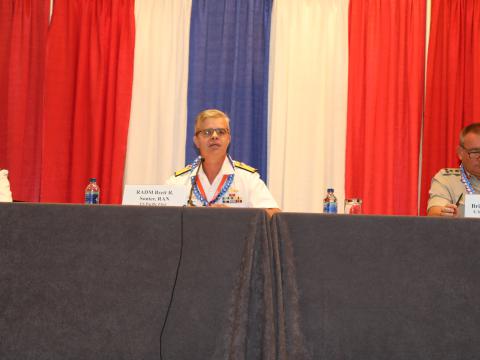

Comments